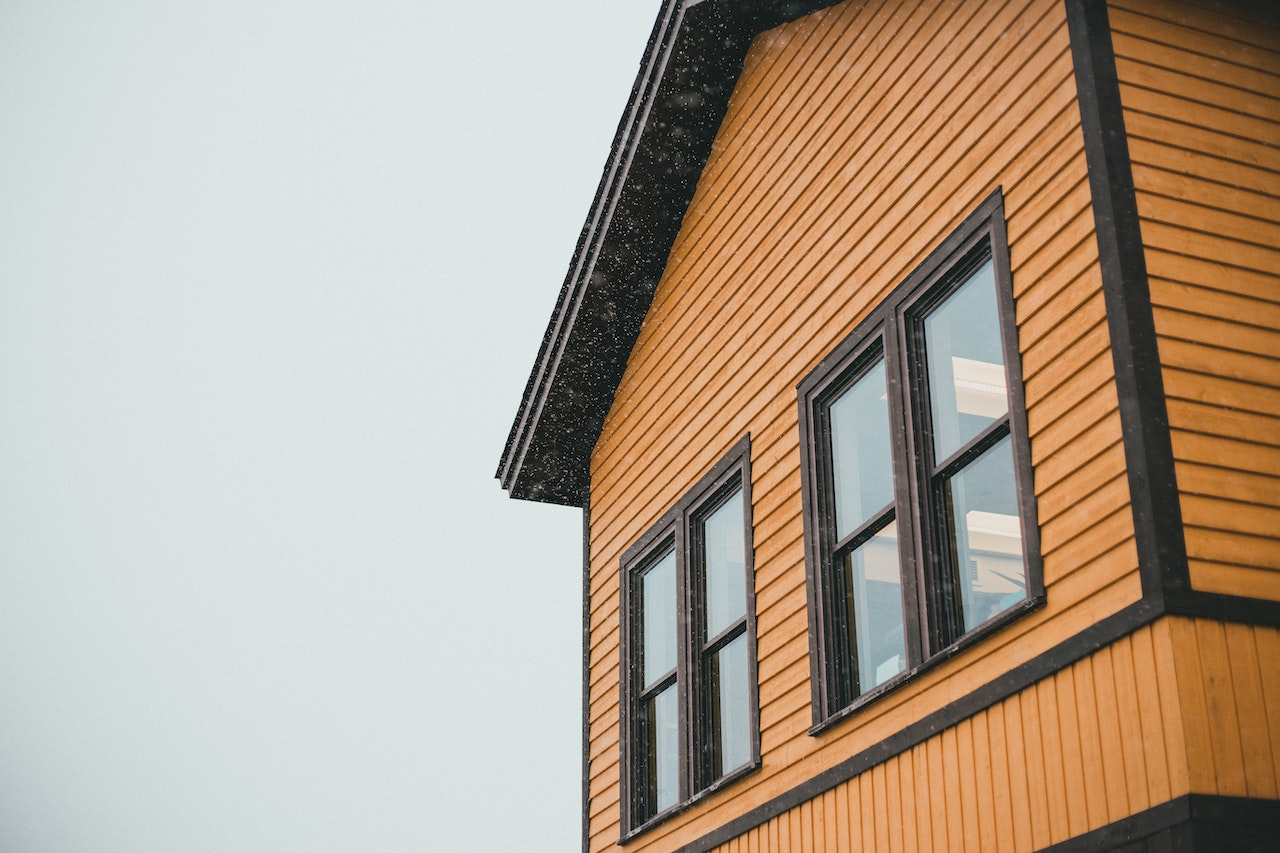Not every room in a home is blessed with abundant sunlight. Basements, hallways, and interior rooms often lack windows or natural brightness, but that doesn’t mean they have to feel gloomy. With clever lighting design and thoughtful décor choices, even the darkest corners can be transformed into vibrant, welcoming spaces full of warmth and personality.
Layered lighting is the foundation of every well-lit low-light space. Combining ambient, task, and accent lighting ensures balance and flexibility. Ambient lighting—such as ceiling-mounted fixtures, recessed lights, or LED panels—provides overall brightness and sets the base tone. Task lighting adds focus to specific areas, like desk lamps for reading nooks or under-cabinet lights in kitchens. Accent lighting, including wall sconces or picture lights, highlights décor and creates depth, preventing the room from feeling flat or shadowed.
Choosing the right bulbs is essential. Opt for warm to neutral white tones (2700K–4000K) that mimic daylight while maintaining a cozy feel. Avoid overly cool or harsh lighting, which can make small or enclosed areas seem clinical. LED lights are the best choice—they’re energy-efficient, long-lasting, and available in a wide range of brightness levels and colors.
Reflective surfaces help maximize the impact of artificial lighting. Mirrors, glossy finishes, and metallic accents bounce light around the room, visually expanding the space. Placing mirrors opposite light sources—such as lamps or windows—doubles their brightness effect. Similarly, glass furniture, shiny tiles, and pale flooring materials enhance illumination by reflecting available light.
Wall color and texture also affect how light behaves. Lighter shades like soft white, cream, or pastel tones reflect light better, while matte finishes help avoid glare. If you love darker walls, pair them with strong, focused lighting such as wall washers or pendant lights to add contrast and visual interest.
Furniture placement can influence brightness too. Avoid blocking light fixtures or windows with large pieces. Instead, use open shelving, translucent materials, or furniture with slim legs to maintain a sense of openness.
Creative lighting features such as LED strip lights along ceilings or under cabinets, cove lighting, and floor uplights can make dramatic differences. These techniques not only brighten low-light spaces but also add layers of ambiance and sophistication.
Ultimately, lighting low-light areas is about creating the illusion of daylight and openness. Through the smart use of color, reflection, and layered lighting, even the dimmest rooms can feel bright, cozy, and full of life—proof that light, when designed thoughtfully, has the power to transform every space in the home.

